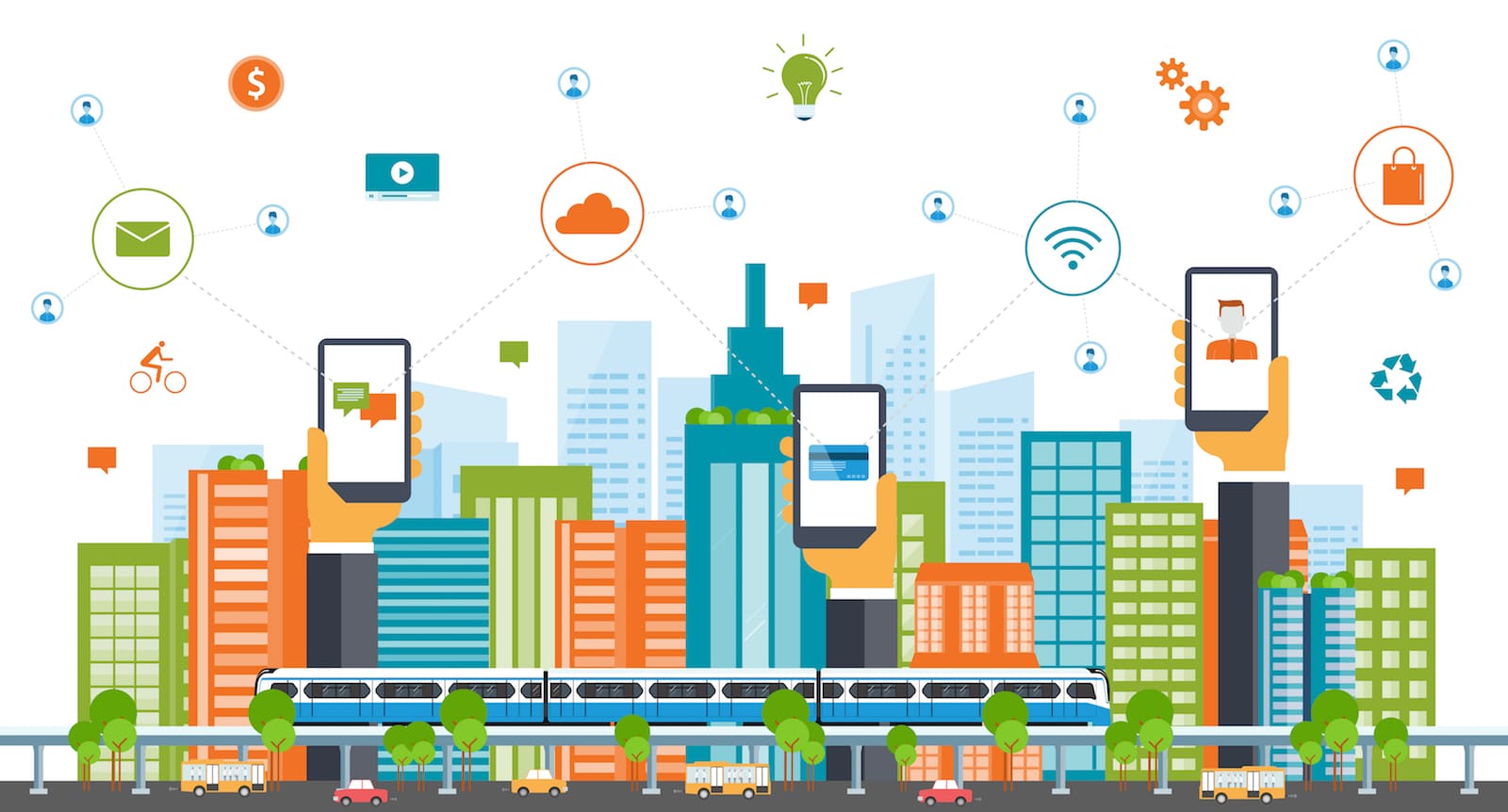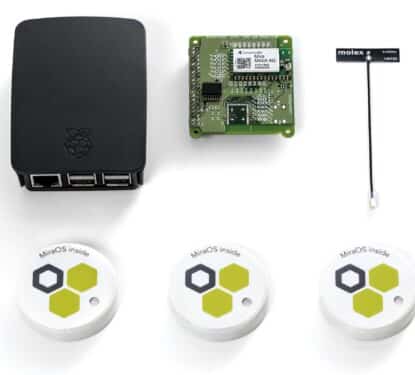“The most important components for smart cities are engaging communities and forging partnerships,” this was the statement of US Federal officials, during Smart Cities Week, last week, who underlined a theory that has become increasingly popular in the smart city debate – a truly smart city is one that is shaped by its citizens rather than its authorities.
In December last year we covered the shift of thinking on smart cities, moving from a top-down to a bottom-up approach for urban design and development. Previously, in the US, we saw the federal government attempting to create a smart city model that could be reproduced and reused in multiple cities. Now, it seems, the US government is seeing the benefits of engaging communities and allowing them to influence the way their city gets smarter.
By engaging communities, authorities can better identify problems and priorities within a city, then use smart city technologies to help solve those issues. Using this approach each city will develop smartness in their own unique style, tackling the most important issues first, according to the hopes and concerns of that city’s inhabitants. Ultimately, a smart city’s success depends upon engagement of the people with the technology, so what better way than to engage people in the design phase first.
Forward-thinking cities around the world have developed initiatives to that effect, in March we highlighted citizen focused schemes in Ottawa, Seoul, Paris, Beijing and Reykjavik. Now the US is finally starting the see the benefits of greater community engagement through a series of programs designed to develop smart cities in better ways.
One such initiative that seeks to bring agencies together to better understand the needs of the people is the Department of Energy’s Better Communities Alliance. The program is collaborative effort among 60 local governments, philanthropies, nonprofit organizations, and leading private companies to accelerate local clean energy progress across the country.
"Cities and counties are already centers for clean energy innovation across the United States," said Franklin Orr, DOE's Under Secretary for Science and Energy. "Through the Better Communities Alliance, DOE is committed to further supporting America's local governments and working with leaders from the public and private sectors to deliver energy efficiency, renewable energy, and sustainable transportation solutions that create cleaner and more prosperous communities for millions of Americans."

The DOE used the Better Communities Alliance to give 30 smart cities and counties integrated resources, expertise, and networking opportunities. The alliance provided a platform for the cities to access all of the resources that the DOE had to offer in one place.
“Before I came to the Department of Energy, I was unaware of the resources they provided,” said Janine Benner, associate assistant secretary of energy efficiency and renewable energy at the DOE. “Since 2008, and probably before, we’ve experienced an energy revolution in this country,” and this platform is a way that agencies and communities can collaborate to ensure that they aren’t working on duplicate projects.
The Better Communities Alliance is part of the Better Buildings Initiative, and will deliver new clean energy resources, technical assistance, as well as facilitating collaboration between public and private partners by making it easier for participants to connect and exchange ideas. “Don’t be afraid to dive into the specific program areas within the DOE,” Benner states.
Another specific program within the Better Buildings Initiative is the Better Buildings Accelerator, located within the DOE’s Office of Energy Efficiency and Renewable Energy. The program focuses on design policy and data analytics to increase energy efficiency in buildings, and therefore, across cities. “The idea is for the district to produce enough renewable energy to meet its own energy consumption requirements,” Benner said.
Then, last Monday, the National Science Foundation (NSF) issued a call for research proposals involving smart cities. Jim Kurose, assistant director for computer and information science and engineering at the NSF, said that the research should have its foundation in how communities work.
Kurose referenced the NSF’s Big Data Regional Innovation Hubs, which bring together governments, academia, non-profits, and industry to collaborate research and development challenges of digital data in specific locations. Kurose said that the NSF focuses on using data and human technology frontiers to research the best practices for smart communities and invest in technological building blocks.
“A lot of the ideas that we see in these smart cities have their foundation in research and capabilities from the NSF,” Kurose said. However, the rush to create smarter cities in a centralized manner could end-up causing more problems than it solves, if we don’t stop imposing solutions on people, rather than allowing the people to inspire solutions to their problems.
“In order to do that you really have to engage outside academia in the community,” Kurose said. “Fundamental research doesn’t always happen over there in the ivory tower.”
[contact-form-7 id="3204" title="memoori-newsletter"]



